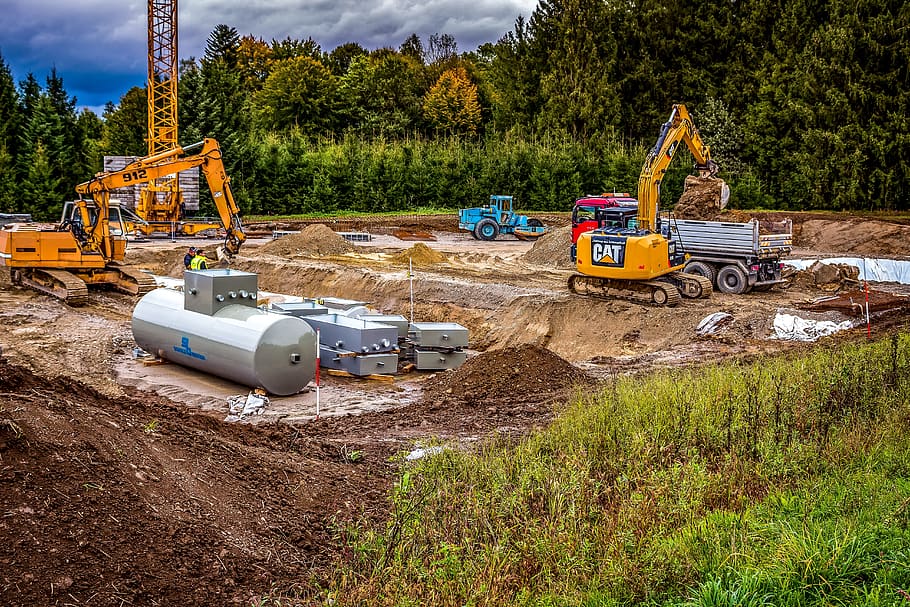Technology
The Future of Cloud Migration: Trends to Watch

Cloud migration has become a fundamental aspect of digital transformation for businesses of all sizes. As technology evolves, so does the landscape of cloud migration. Staying ahead in this dynamic field requires a keen eye on emerging trends and technologies that shape the future of cloud migration. In this article, we will explore the key trends that are expected to influence the future of cloud migration, offering businesses insights into how to prepare for this transformative journey.
The Evolution of Cloud Migration
- From On-Premises to Cloud: The traditional approach involved hosting applications and data on on-premises servers. Cloud migration services marks a shift towards hosting resources in cloud environments provided by third-party service providers.
- First-wave Migration: Initially, organizations migrated legacy applications “as-is” to the cloud, reaping the benefits of cost savings and scalability.
- Second-wave Migration: As cloud adoption matured, organizations began re-architecting applications to leverage cloud-native features, optimizing performance and efficiency.
Key Trends Shaping the Future of Cloud Migration
- Multi-Cloud and Hybrid Cloud Strategies:
- Organizations increasingly adopt multi-cloud and hybrid cloud approaches to diversify risk, optimize costs, and maintain flexibility.
- Serverless and Microservices Architecture:
- Serverless computing and microservices architecture enable greater agility and scalability, reshaping how applications are developed and deployed.
- AI and Automation:
- Artificial Intelligence (AI) and automation play a vital role in optimizing cloud migration processes, from assessment and planning to resource management.
- Edge Computing:
- Edge computing extends cloud capabilities to the edge of the network, enabling real-time processing for applications like IoT and autonomous vehicles.
- Zero Trust Security:
- The Zero Trust security model, which assumes no trust in the network, is gaining traction to protect cloud environments against evolving threats.
- Data Management and Analytics:
- Data management and analytics services in the cloud facilitate data-driven decision-making and insights.
Visit here for: Cloud Engineering Services
Multi-Cloud and Hybrid Cloud Strategies
- Benefits:
- Multi-cloud strategies reduce vendor lock-in and enhance reliability by spreading workloads across multiple cloud providers.
- Hybrid cloud allows organizations to leverage on-premises infrastructure alongside public and private clouds, accommodating various use cases.
- Challenges:
- Managing multiple cloud providers can be complex, requiring a unified management approach.
- Ensuring data consistency and compliance across multiple clouds can be challenging.
Serverless and Microservices Architecture
- Serverless Computing:
- Serverless computing abstracts server management, enabling organizations to focus on writing code and deploying functions.
- Key benefits include reduced operational overhead and cost optimization through pay-as-you-go pricing.
- Microservices Architecture:
- Microservices break applications into smaller, independently deployable components, enhancing scalability and agility.
- Challenges include managing microservices and ensuring communication between components.
AI and Automation
- AI in Migration Planning:
- AI-driven tools analyze application dependencies and suggest optimal migration strategies.
- Predictive analytics help organizations estimate cloud resource requirements accurately.
- Automation in Operations:
- Automation streamlines cloud operations, reducing manual tasks and errors.
- Continuous integration and continuous deployment (CI/CD) pipelines automate application deployments.
Edge Computing
- Edge Computing Benefits:
- Edge computing brings computing resources closer to data sources, reducing latency and enabling real-time processing.
- Use cases include autonomous vehicles, industrial IoT, and smart cities.
- Challenges:
- Edge deployments require robust security and management solutions to protect distributed infrastructure.
- Scalability and resource constraints at the edge must be carefully managed.
Zero Trust Security
- Zero Trust Principles:
- Zero Trust assumes no implicit trust in the network, verifying the identity of every user and device trying to access resources.
- Continuous monitoring and authentication are key components of Zero Trust security.
- Cloud Security:
- Implementing Zero Trust in cloud environments enhances security against evolving threats, such as insider threats and breaches.
Data Management and Analytics
- Data Lakes and Warehouses:
- Data lakes and data warehouses in the cloud centralize data storage and enable advanced analytics, machine learning, and business intelligence.
- Data Governance and Compliance:
- Robust data governance practices ensure data quality, security, and compliance with regulations like GDPR and CCPA.
Real-World Examples
- Netflix:
- Netflix uses a multi-cloud strategy, spreading its streaming services across AWS, Google Cloud, and Azure to enhance reliability.
- Lyft:
- Lyft leverages a microservices architecture and serverless computing to scale its ride-sharing platform dynamically.
- Walmart:
- Walmart employs edge computing to enhance customer experiences in its stores, using real-time data analysis to optimize inventory and operations.
- Zscaler:
- Zscaler implements Zero Trust security principles to protect its cloud security platform, ensuring secure access for its users worldwide.
Conclusion
The future of cloud migration is characterized by multi-cloud and hybrid cloud strategies, serverless and microservices architecture, AI-driven automation, edge computing, Zero Trust security, and advanced data management and analytics. Businesses that adapt to these trends and leverage emerging technologies will be better positioned to succeed in an increasingly digital and interconnected world. Cloud migration is not a one-time event; it’s an ongoing journey that demands agility and a forward-thinking approach. As organizations embrace these trends, they will unlock new opportunities for innovation, scalability, and efficiency, shaping the future of cloud migration.





















